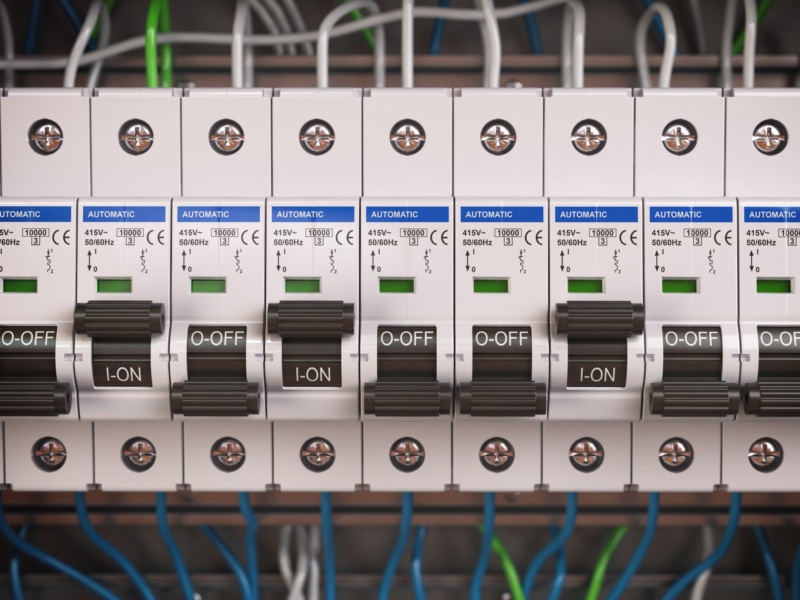Electrical issues are frustrating and potentially dangerous for homeowners. One common problem is when a circuit breaker trips or a fuse blows. In today's blog, we explore steps you can take as a homeowner to address these issues and restore power to your home.
Circuit Breaker and Fuse Box Basics
Understanding the principles behind circuit breakers or fuse operation is essential for troubleshooting. These devices protect electrical circuits from overloading and short-circuiting by acting as safety devices.
Circuit breakers are manually operated switches that automatically trip if the current exceeds the rated value. In contrast, fuses are metal filaments that melt and were commonly called fuse boxes in homes built before 1965 in the United States. A critical distinction is that circuit breakers are reset while fuses are replaced.
What do Tripped Circuit Breakers and Blown Fuses Indicate?
Before addressing a tripped circuit breaker or a blown fuse, you first need to identify the affected region of your home. Whether it’s the living room, kitchen, laundry, bath 1 or 2, bedroom 1-2-3, garage, office, or even an outdoor space.
Identifying the affected region is important for safety and troubleshooting. Common causes of a tripped circuit breaker or blown fuse include overloading the circuit with too many appliances, a short circuit caused by a faulty appliance, or a ground fault caused by a damaged wire.
You should take the necessary precautions to turn off and unplug large appliances that were in use and connected to a tripped circuit breaker. That will reduce the load on that specific circuit. It's also a necessary step because appliances that remain connected to wall outlets can overload the circuit again, tripping the breaker repeatedly.
If the problem continues, it's best to schedule a service call with a local electrician, like the team at Ipock Electric and Solar. Attempting to fix electrical issues without the proper knowledge and tools can be dangerous and may lead to further damage, a fire, or injury. For instance, if you're not familiar with the electrical system in your home, you may accidentally touch live wires, which can cause severe electric shock. It's always better to be safe than sorry by calling an electrician.
Resetting a Tripped Circuit Breaker
When finding your home's circuit breaker or fuse box, look for a grey electrical panel logically located in a mechanical room, garage, basement, or closet. In even rarer cases, electrical panels are positioned in kitchens or hallways.
Circuit breaker boxes have bulky toggle switches located behind the panel door. Each switch is often labeled to identify which room the circuit breaker controls.
If one of these switches gets tripped, it can be easily remedied by pushing the switch back in the other direction to reset. A blown fuse, on the other hand, must be replaced entirely.
Replacing a Blown Fuse
Replacing a blown fuse begins with safety and using the correctly rated fuse for your electrical system.
Electrical work in your home can be dangerous, but with the right precautions, you can ensure your safety. While replacing a fuse is simple, electrical current still passes through it. Here are six safety steps you can follow:
- Identification of fuse box components is easier with a flashlight.
- If you need to change fuses, wear thick rubber gloves.
- Before replacing circuit fuses, turn off or remove the main power fuse block.
- Cartridge-style fuses should be replaced using a plastic fuse puller tool.
- Even when the power is off, do not touch the wires in the fuse box.
- Do not proceed with the system if you feel uncomfortable. Call Ipock Electric and Solar at (417) 437-2905.
